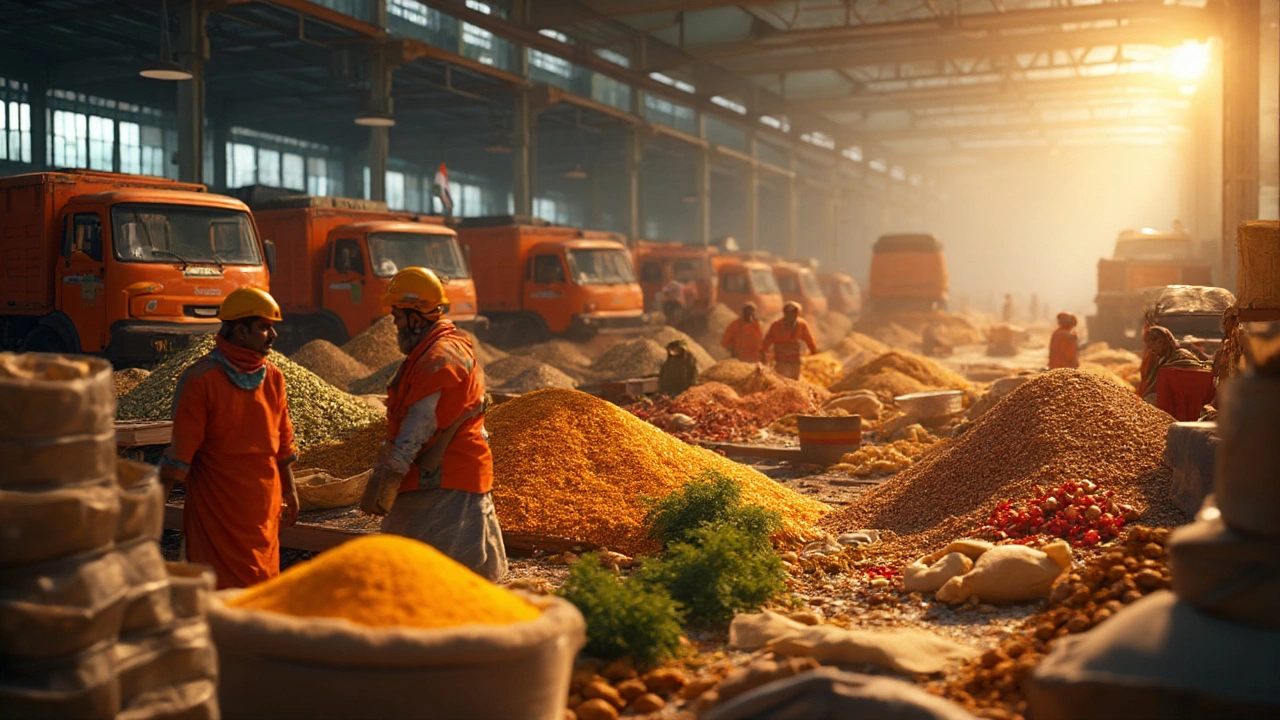Food Processing Steps: From Farm to Fork
Ever wonder how the veggies you buy end up in a ready‑to‑eat meal? It’s all about the steps that turn raw ingredients into safe, tasty products. Below is a straight‑forward walk‑through of each stage, so you know what’s happening behind the scenes.
Core Stages You Need to Know
1. Receiving and Inspection – The first thing a plant does is check what arrives. Trucks are unloaded, pallets are weighed, and a quick visual check makes sure nothing is damaged or out of spec.
2. Cleaning and Sanitising – Raw foods carry dirt, microbes, and debris. High‑pressure spray, brushes, and food‑grade sanitiser wash away contaminants. This step is non‑negotiable for safety.
3. Sorting and Grading – Machines or workers separate items by size, ripeness, or quality. Bad or misshapen pieces are set aside for other uses or waste.
4. Preparation – Here the food is trimmed, peeled, or cut into the shapes needed for the next step. Think of it as the kitchen prep before cooking.
5. Mixing or Blending – Ingredients that belong together—spices, sauces, liquids—are combined in mixers that keep temperature and speed under control.
6. Cooking, Pasteurising, or Fermenting – Heat or microbes do the heavy lifting. Cooking kills pathogens, pasteurising extends shelf life, and fermentation adds flavor and preservation.
7. Cooling and Holding – After heat treatment, products are quickly chilled to stop cooking and keep bacteria at bay. Holding tanks keep the food at a safe temperature until it moves on.
8. Packaging – The product is placed into its final container—boxes, cans, pouches—under hygienic conditions. Vacuum sealing or inert gas flushing may be used to lock in freshness.
9. Labelling and Coding – Labels with nutrition facts, expiry dates, and batch codes are applied. This information helps retailers and regulators track the product.
10. Storage and Distribution – Finished goods are stored in climate‑controlled warehouses before being shipped to stores. Proper storage keeps quality intact until the consumer opens the pack.
Tips to Keep Quality High
Maintain strict temperature logs at every hot‑or‑cold point. Even a few degrees off can affect texture and safety.
Use calibrated sensors for moisture and pH. Consistency in these numbers means the product will taste the same batch after batch.
Train staff regularly on hygiene practices. A clean hand is as important as a clean machine.
Invest in preventive maintenance for mixers, ovens, and conveyors. Unexpected downtime often leads to rushed shortcuts that hurt quality.
Run small pilot runs when you change a recipe or switch suppliers. This lets you catch issues before full‑scale production starts.
By following these steps and tips, you’ll understand how raw foods become the packaged items on shelves. Whether you’re a small bakery scaling up or a big manufacturer looking to tighten processes, the core food processing steps stay the same: receive, clean, sort, prepare, transform, package, and deliver. Knowing each stage helps you spot problems early, keep costs down, and deliver safe, delicious food to customers.
